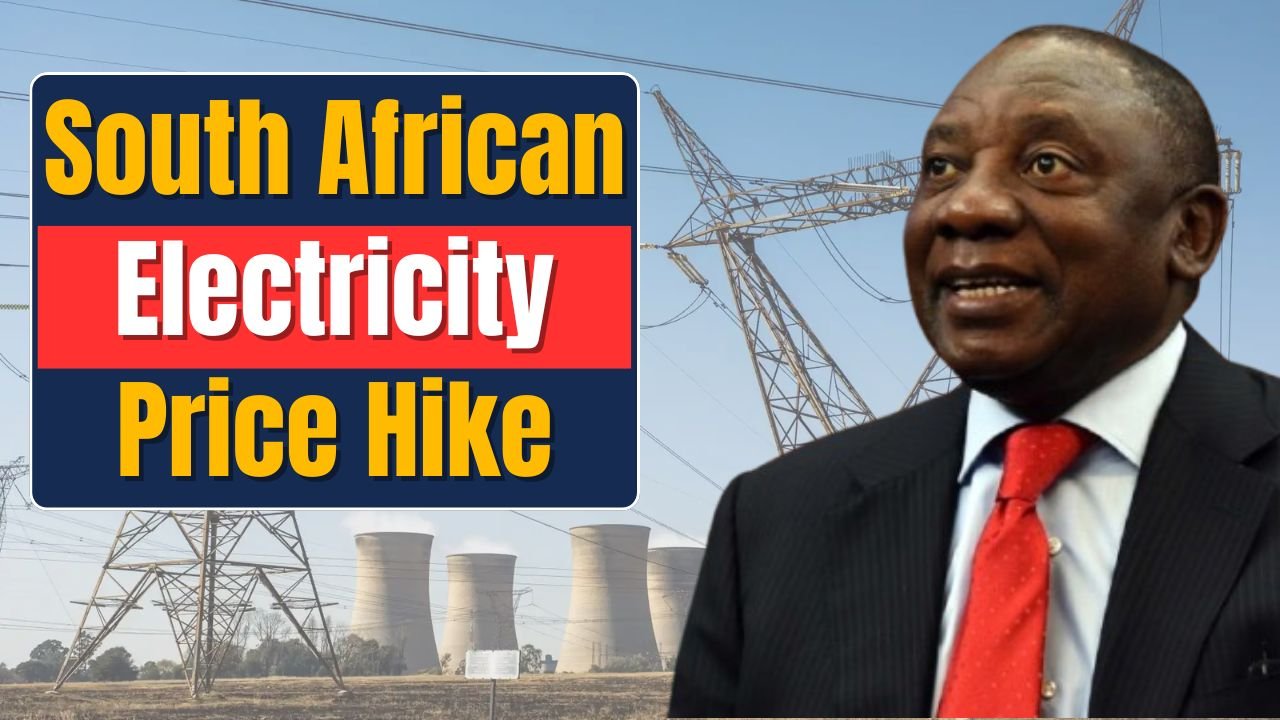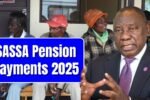Electricity pricing in South Africa has always been a concern among South Africans, and 2025 will be the year to watch for big changes in the power sector. The more the country battles with its energy infrastructure, the higher the tariffs are going to climb. Factors that would be considered for this article include what influences all these changes; the anticipated rate increases for South African consumers; and any preparations that can be made ahead of time as costs of energy rise.
Current State of South African Electricity Prices
Currently, South Africa has some of the highest electricity rates in Africa; they have steadily risen over the past few years. The bloating financial murk developed by the national utility called Eskom has been caused by degenerating infrastructure, unending power outages, dependence on coal-fired power generation, and many others, together with an ever-increasing debt burden that has led to even more increases in electricity tariff rates, the continuation of which is much expected in coming years.
What Is in Store in 2025: Electricity Price Forecast
In 2025, according to industry experts and government reports, electricity costs are expected to increase by about 15%-20%. As seems the case with other proposed increases, the business is likely phased, with tiny hikes each year leading up to that final number.
There are a number of reasons for the increases. At the heart of the increases is the untenable position in which Eskom currently finds itself-it has incurred huge debts whose repayment now needs to be offset by the increased tariff rates. The amount that the utility will recover from the consumers as a result of this is still a consideration in the establishment of tariffs.
Further, the investment in renewable energy transition, namely in wind and solar, will require investment, and almost all investments will be passed on to the consumers. Inflation and depreciation of the South African Rand also affect pricing and imports of fuel and equipment burdensome.
How Will This Affect South African Households?
For households, the new electricity tariffs will have a direct impact on the electricity bill. It will cost the consumer a lot more in 2025 than what it does today for a house to use the same amount of electricity. For example, an average household consumes about 1,000 kWh in a month and may see a price increase of several hundred rands each month.
Such increases will hit hard on lower-income as well as middle-income families, and they will find it difficult to accommodate the extra expense without changing their energy consumption practices.
Tips to Mitigate or Curb Rising Electricity Cost
Consumers can reduce their energy consumption as tariffs go higher, and with it, their pockets. One investment towards energy savings is converting to LED and buying energy-saving refrigerators. For them, solar energy solutions will require an upfront investment but will reduce reliance on grids and save bills over time.
Equally important is conservation practice-simple things such as turning off lights not in use, reducing heating and cooling needs, and unplugging electronics can yield a big difference in the amount of electricity consumed. Some electricity suppliers provide time-of-use tariffs where rates are cheaper during off-peak hours. Time-shifting energy-consuming activities can yield financial savings.
What Can be Done by the Government in Mitigation of the Increases?
The government of South Africa is very important in making sure that the electricity hikes do not affect the poorest segment most. Some of the possible initiatives include targeted subsidies for low-income households with rising electricity costs; accelerated renewable-energy projects, thus reducing reliance on expensive fossil fuel; and increased competition in the energy sector. More participation of the private sector in the electricity market would promote innovation and cost reduction thereby.
Conclusion
It is expected that electricity prices will rise in South Africa in 2025. For consumers, this would mean understanding the mechanisms that lead to these price explosions and learning to manage their effects. By adopting energy-saving techniques, and tapping into alternative energy sources like solar energy, South Africans can minimize the impact of rising rates. At the same time, government reforms will help with some of these burdens for households.




